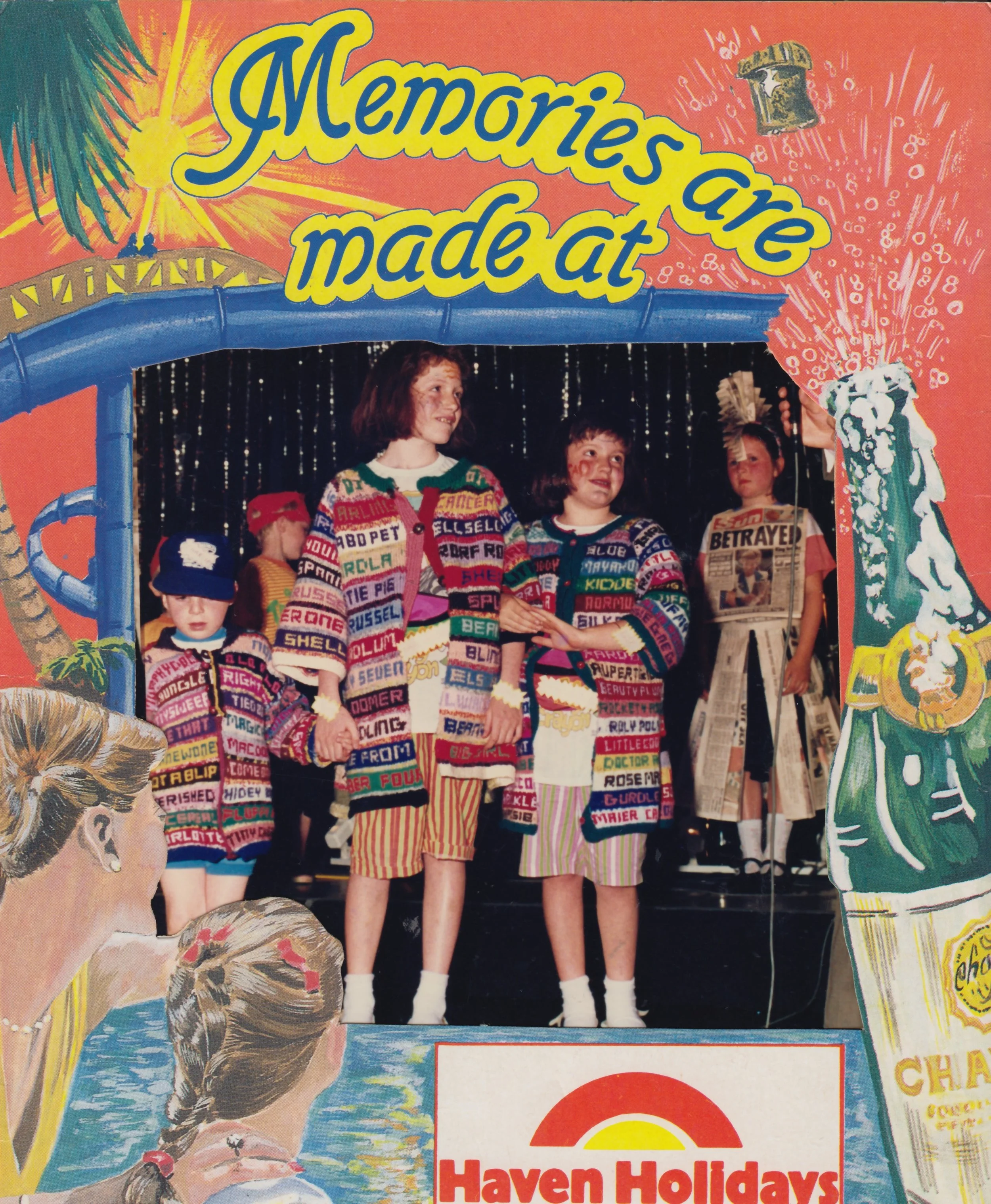Electric are the moments in life when you are graced with the honour of peering into a myriad of private archival boxes. Textile designer-turned-archivist Rachelle Francis revolutionised my notion of archival expedition and has introduced me to the most touching form of family tributes. Unmistakably tied to her late mother Diana in a myriad different ways and conversing with the past, she has been undertaking silent conversations within the boxes and carrying gleaming hope of finding ways for this tale to reinforce textile design as an valuable tool for healing and de-stigmatising issues and misconceptions around mental health, trauma, addiction and grief. Rachelle’s mother was gifted and simultaneously cursed with unmistakable talent, recognised by her children from a very young age. With her mother on a dizzying artistic pedestal, daughter in turn developed a powerful love for textile design. Forever in awe of Diana she carried this gift herself unconsciously taking on Diana’s beautiful fixed patterns and letting them flow into vibrant new territory: her very own. Still today Rachelle claims to be fused with Diana's designs: ‘There's no escaping their influence - perhaps it's something primal - as if her patterns are etched onto my eyeballs and engraved onto my heart. We share the same visual language - it feels like the felt tip of her patterns run though my veins.’ Conversations continue between the two of them, with design as an entryway into yesterday and today’s private and collective havens. Despite the distinctive adoration uniting the two, pain flows in and out of their dialogue. 'You Should Have Been There' was knitted by Rachelle in December 2023, close to the 3rd anniversary of her mother’s death. A chilling realisation that using her mother’s own techniques was the only tool Rachelle possessed to voice her suffering and anger. It was created a few weeks after the opening of their first posthumous exhibition, met with an irrepressible need to go against the impossibility of speaking with her mother on the phone. ‘I found myself knitting these words through desperation and compulsion. Looping yarn into stitches to form the words I had had looping in my mind. Better out than in. Using the same 'text' technique she had taught me around 30 years ago (when we made cardigans for each other), I had suspected that the process of knitting might be a perfect conduit for communication. But I underestimated the power of this process - the yarn became a telephone wire across planes and decades, between the living and the dead. Using her needles and wool she had kept since the 1970's, the knitting-text technique came flooding back along with comforting memories of childhood and the deep creative connection between us. I told her everything and breathed in and out with every stitch. With this knitting, we caught up.’ Placed alongside this extremely evocative piece is a photograph of the Francis siblings wearing their nickname cardigans, designed by Diana as a continuation of the one she designed for herself in the 1970s featuring all the nicknames given to her when working in her family hotel and bar. As a friend and very vocal onlooker into this unprecedented artistic conversation, this has been one of the most profound archival crossings I have ever witnessed: the beauty of the women and their story with designs completely unparalleled.Originally from a fashion background, over a career spanning 18 years (senior designer at Hodge Sellers for clients incl. Alaia, Louis Vuitton, Chanel) Rachelle’s creations pushed the boundaries of embellished textiles into conceptual and artistic territory, her innovative and playful hand crafted pieces teetering a fine line between fashion and art. The death of her mother Diana (who battled with addiction and un-diagnosed mental health conditions) in 2019 and the uncovering of her prolific hidden archive of 2,000+ drawings, textiles and sculptures has prompted Rachelle to approach her practice from a fresh art-based angle. Sharing, engaging and creatively responding to her mother’s archive, Rachelle is beginning work on a posthumous collaboration between herself and Diana. Utilising her creative practice to help process the complexities of her mother's life/death, Rachelle is naturally and poignantly starting to explore her deep rooted interest in the creation and appropriation of art/textiles to tell stories and express personal feelings.


